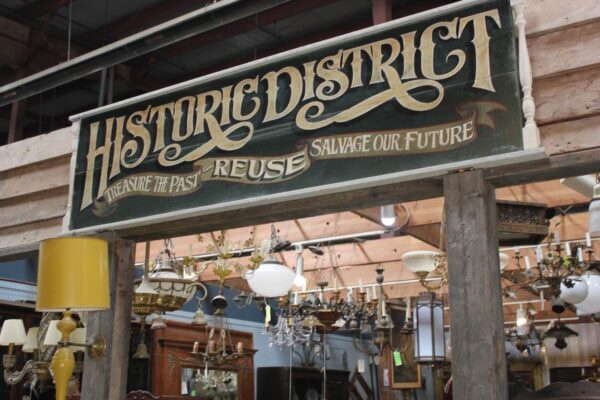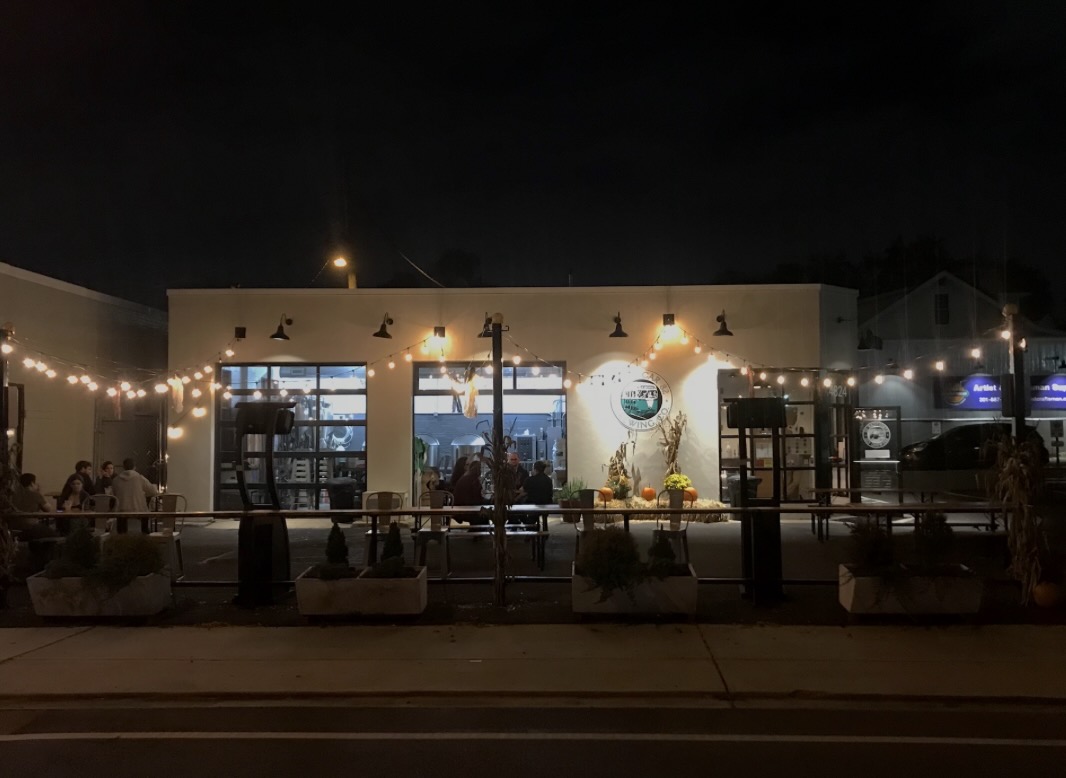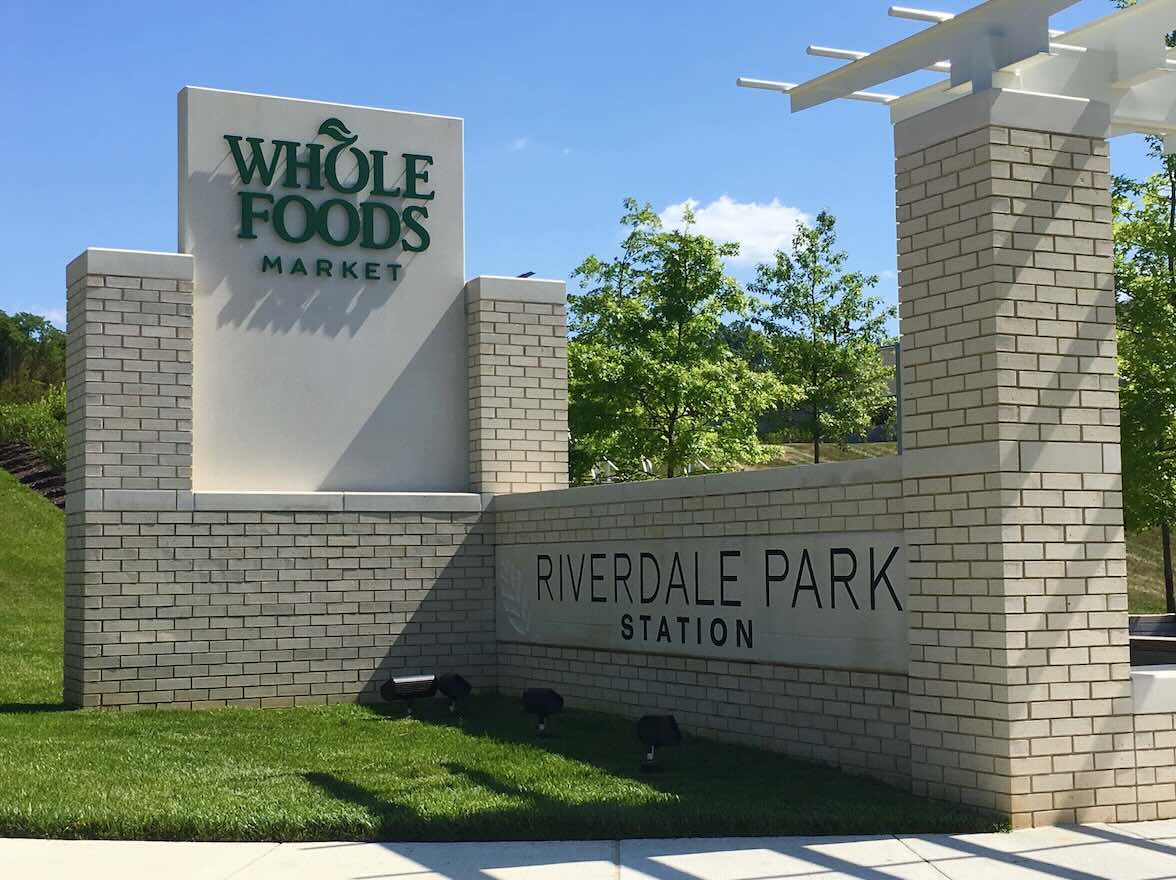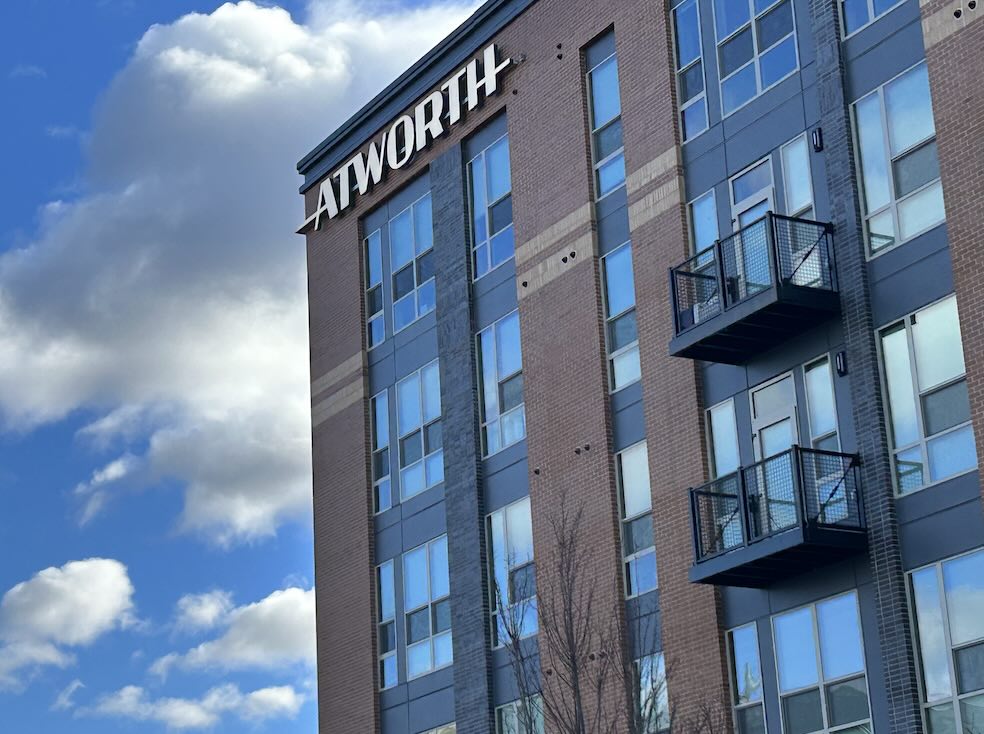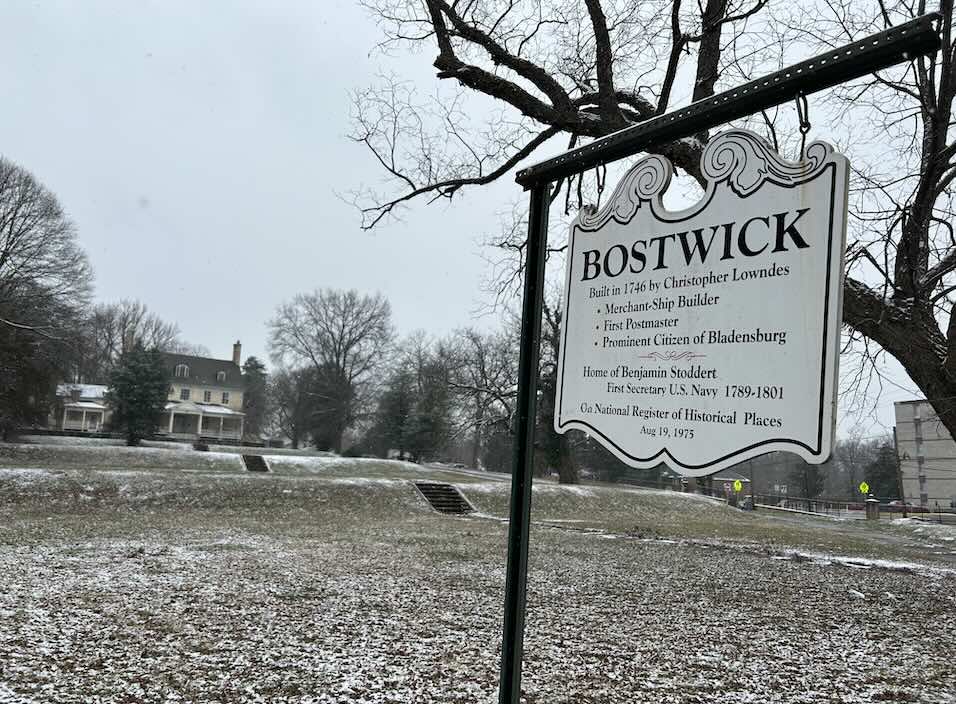
The history of slavery on the Route 1 corridor is still visible in small ways.
One reminder is a modest marker located at the Bostwick House in Bladensburg, which dates back to 1746 and is one of the area’s most historic mansions rarely seen by the public.
As we honor Martin Luther King Jr., this commemorative sign is an important reminder of how this era of American history can often be forgotten.
The mansion was built by Christopher Lowndes, a wealthy merchant who ran a shipyard, owned a rope-making business — and also invested in ships that carried more than 9,637 enslaved people to America.
Lowndes kept a small number of indentured servants and enslaved people at his property and occasionally posted newspaper advertisements for their return after they escaped, unintentionally adding to one of the most evocative records of slavery that remain.
One such ad, reprinted on the marker, ran on Sept. 13, 1764 in the Maryland Gazette:
Ran away from the Subscriber at Bladensburg; on the first on this Instant September, a Negro Man named Joe, about 35 Years old, of a low Stature, and has a very wide Walk. His breeches are red; but the other Parts of his Dress is not certainly known. He is by Trade a Ship Carpenter or Caulker, and when he lived with some Masters, he was allowed to look for Work in different Rivers. Whoever will bring him to his Master, shall have Twenty Shillings more than the law allows. All Masters of Vessels and Others are desired not to employ or entertain him. He is very artful, and probably may endeavour to pass as a Freeman. Should he be brought any considerable Distance, Satisfaction will be made in Proportion. It will be necessary to tie him securely.
At the time, Maryland law spelled out harsh penalties for enslaved people and those who were found guilty of “enticing” them to escape, who could be fined for the full value of the enslaved person or jailed for a year if unable to pay.
Ship captains were also required to verify the status of all passengers and could be punished if fugitives were found.
Escape attempts were also complicated in Prince George’s County due to the fact that unlike urban areas in other slave states, the area had a smaller population of freemen that they could join.
Help the Wire grow in the new year!
Make a one-time donation or become a regular supporter here.










